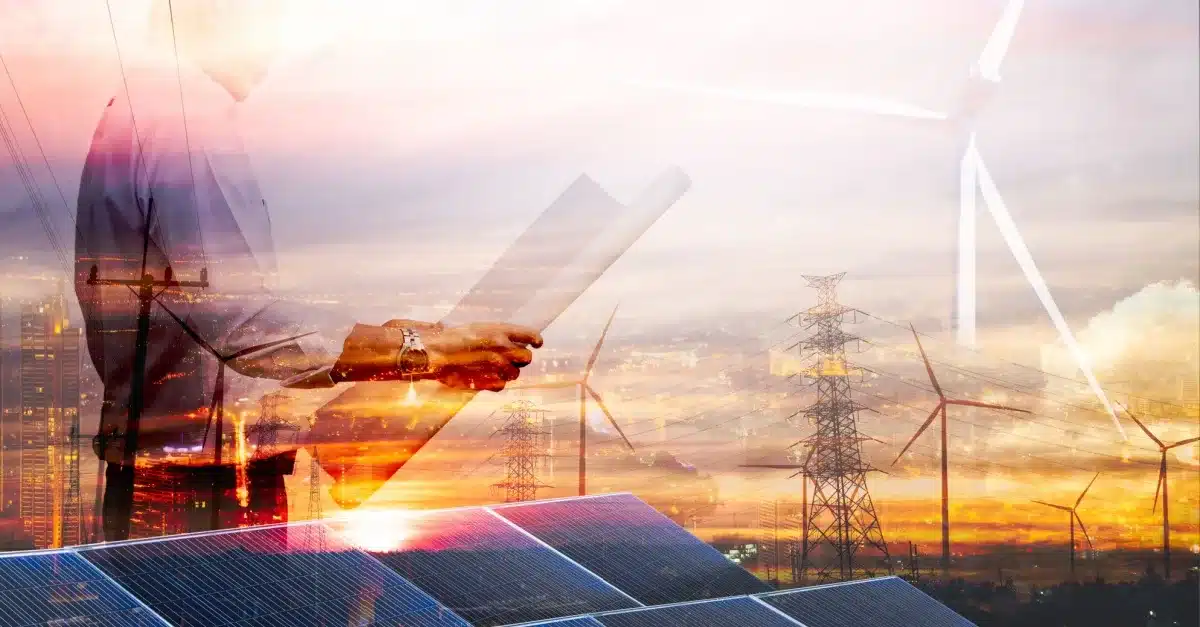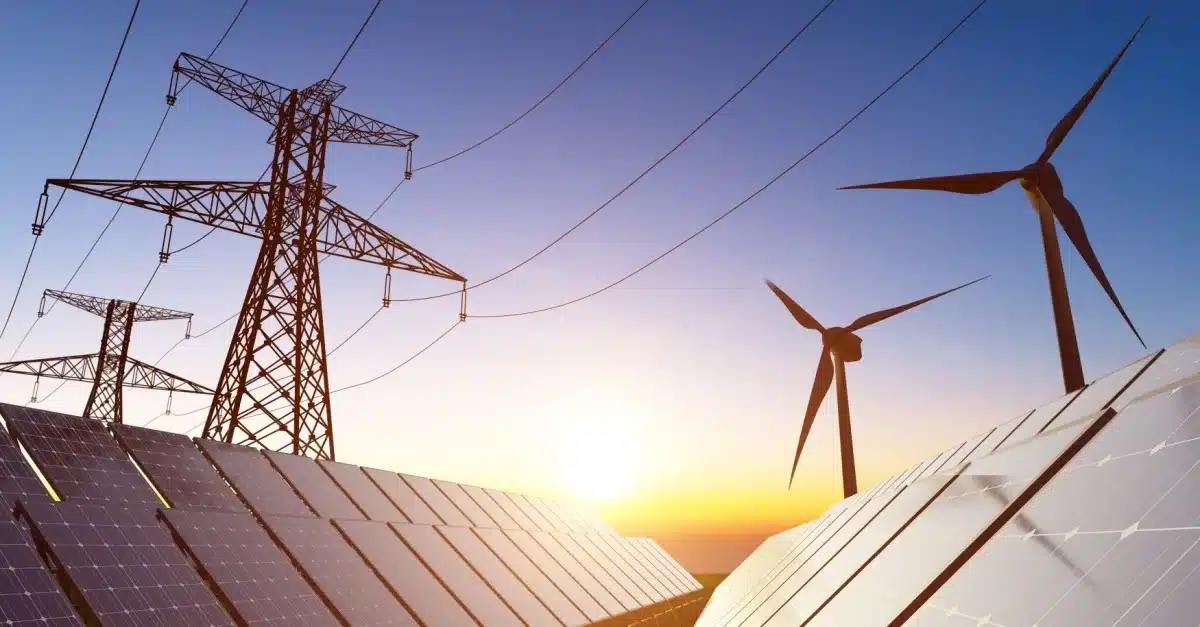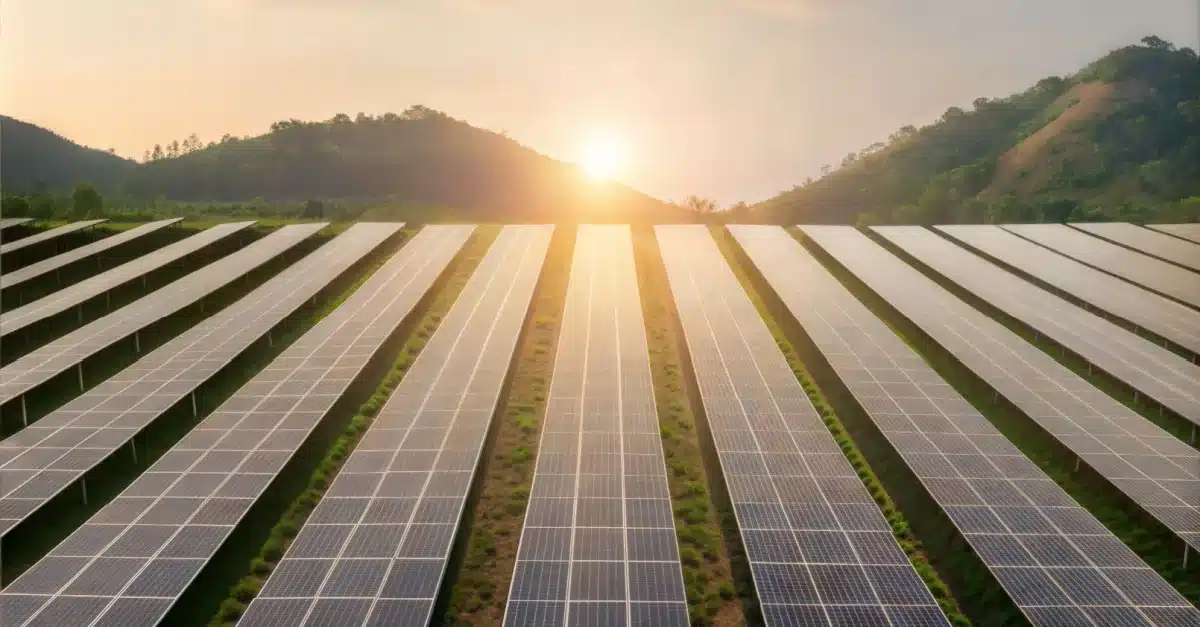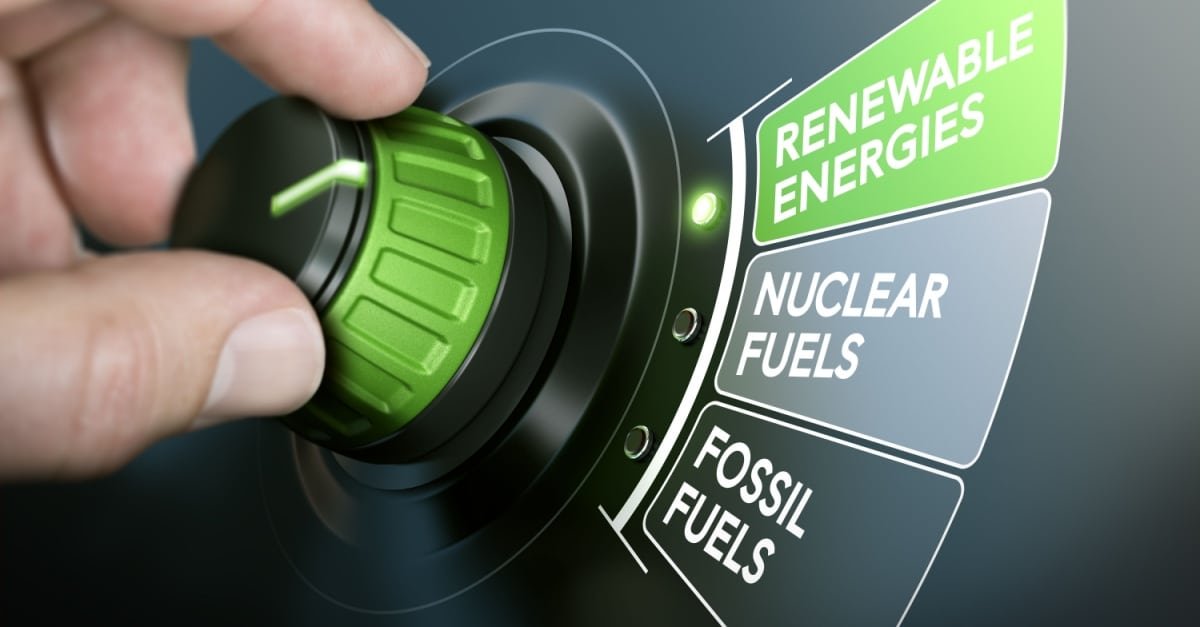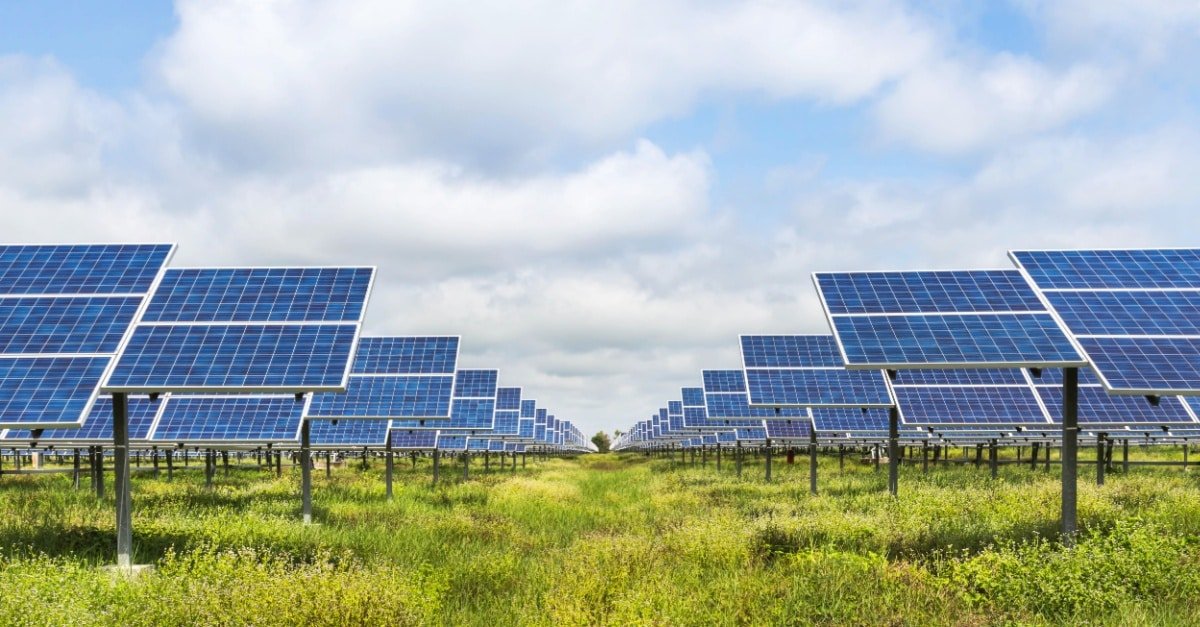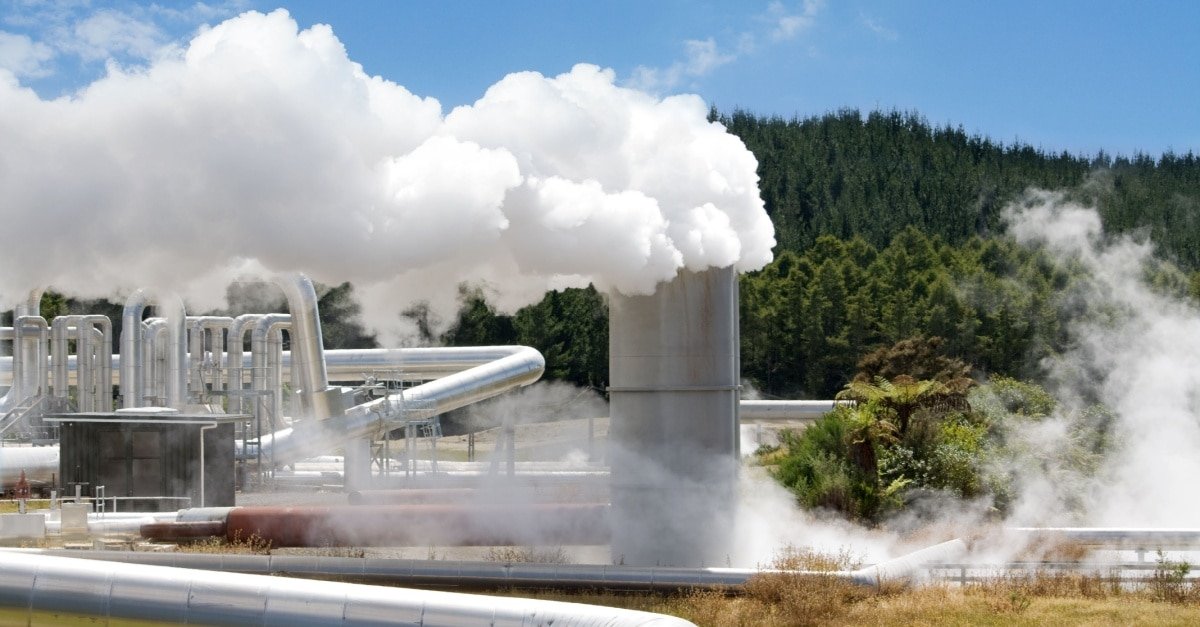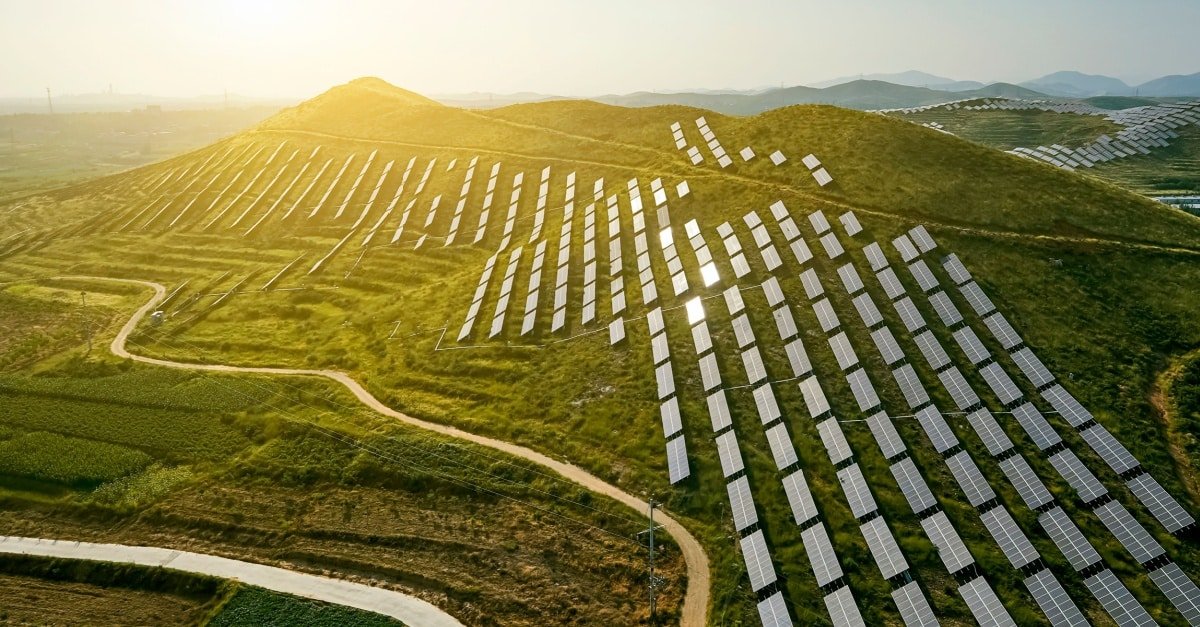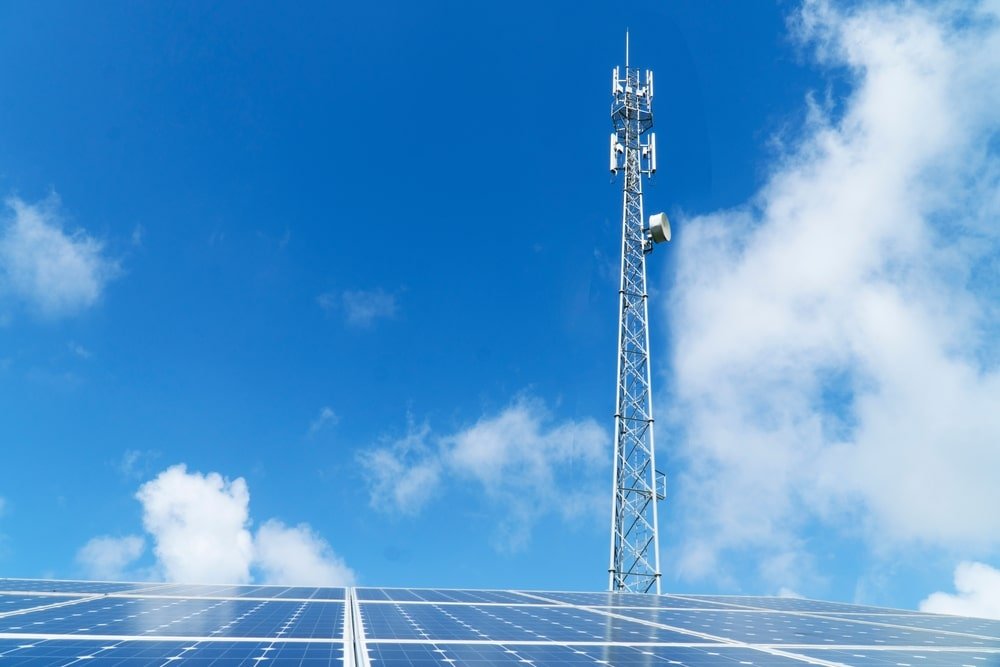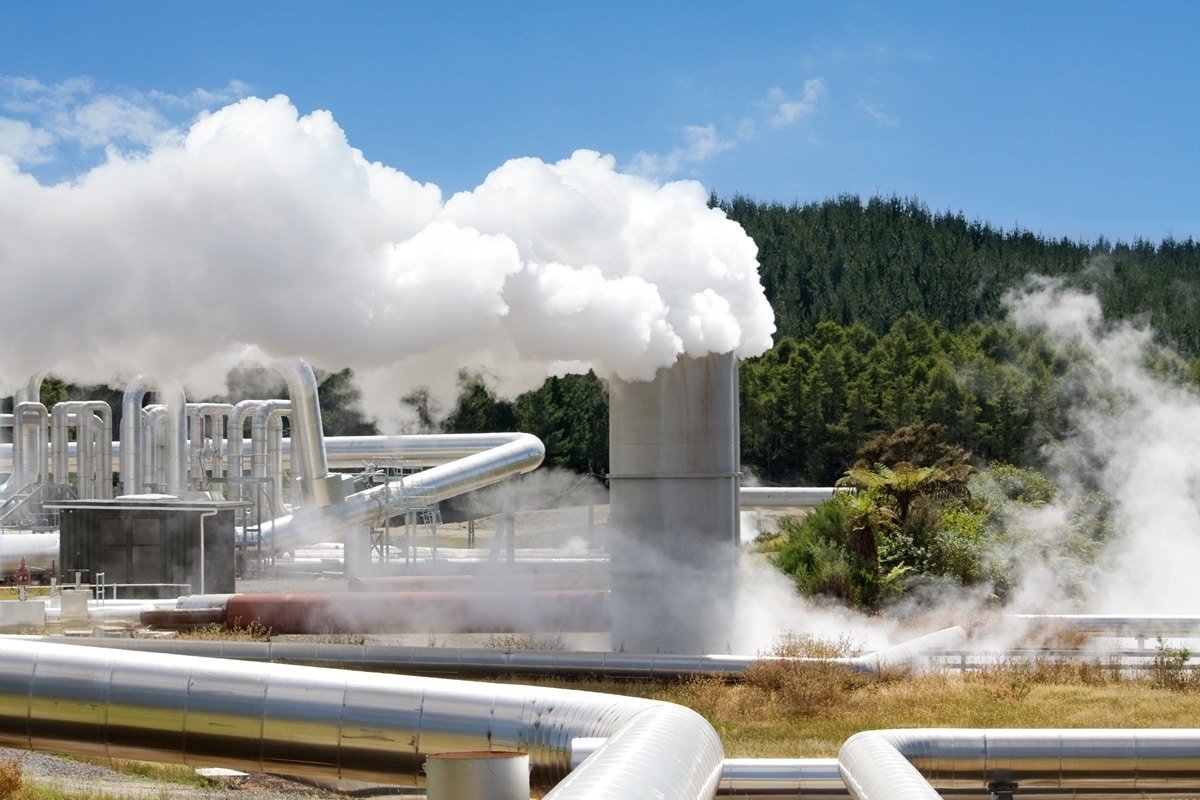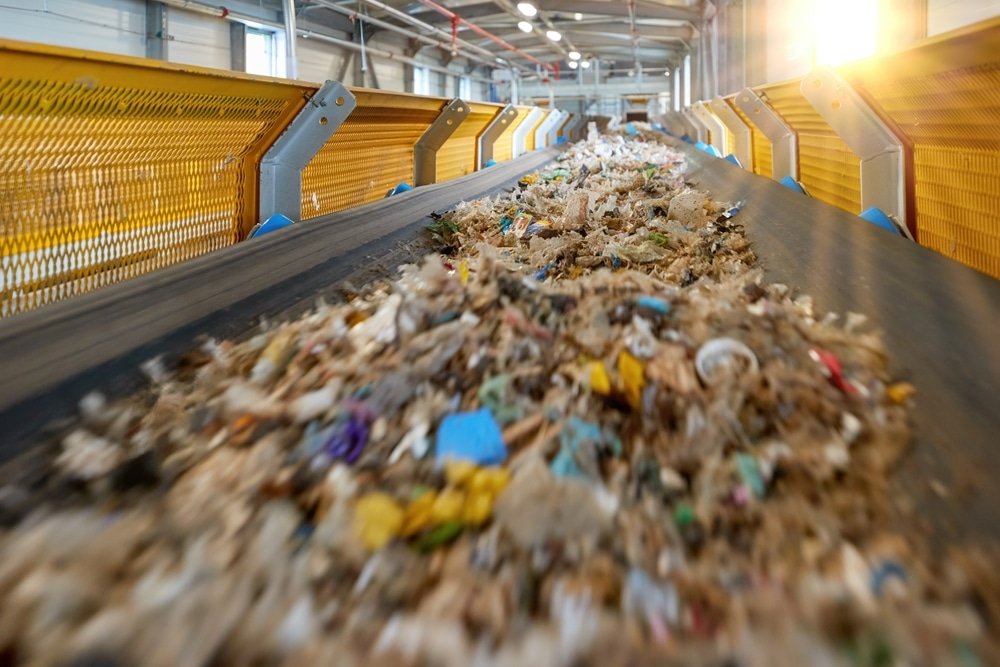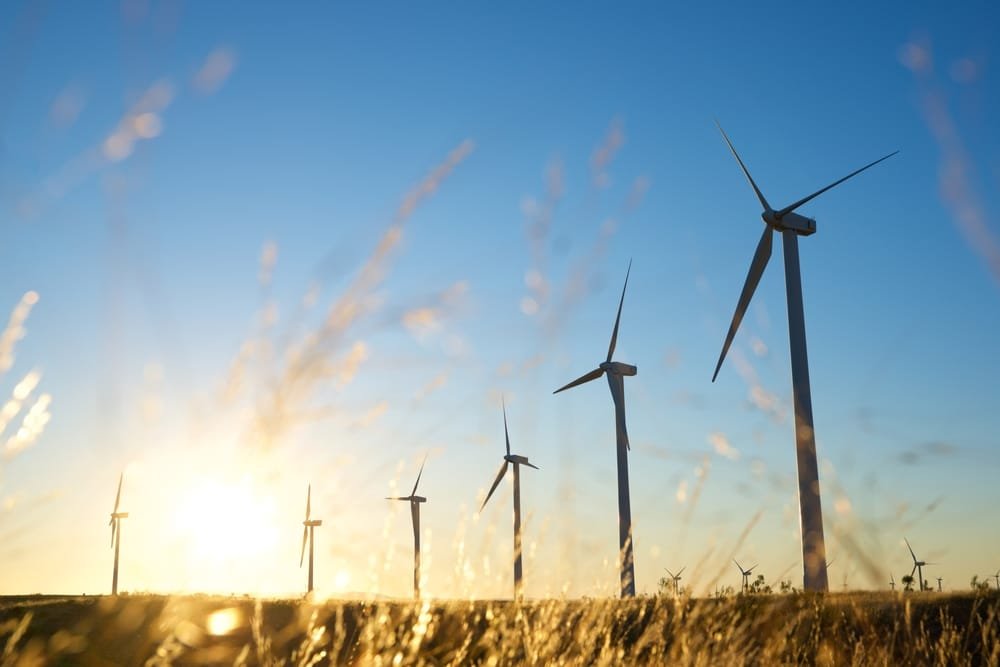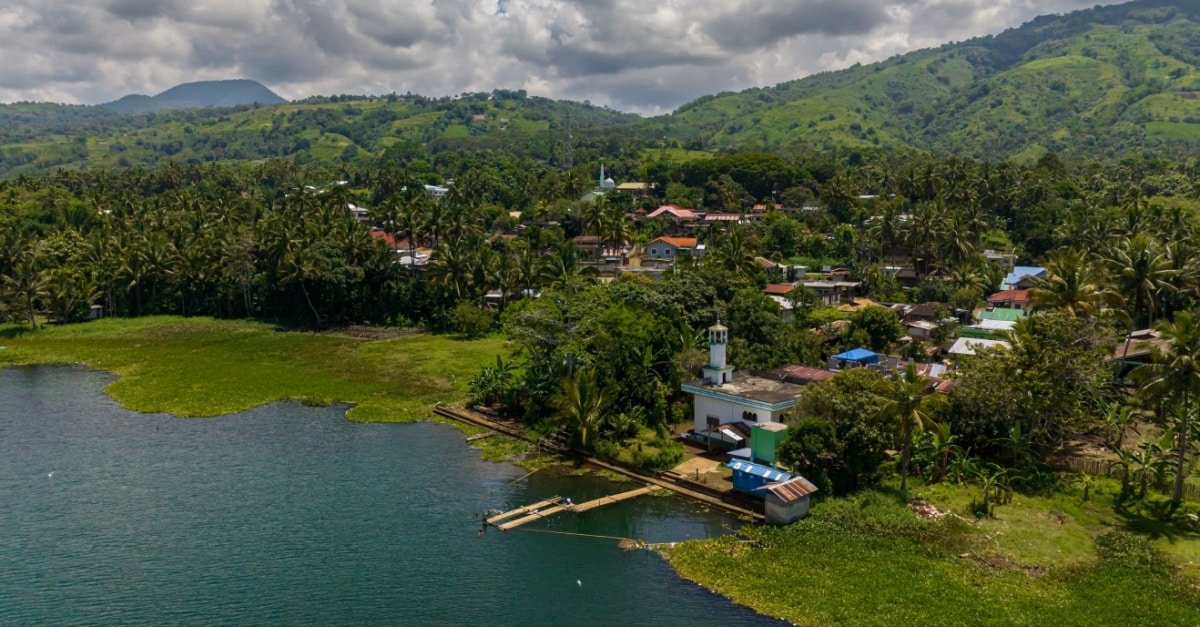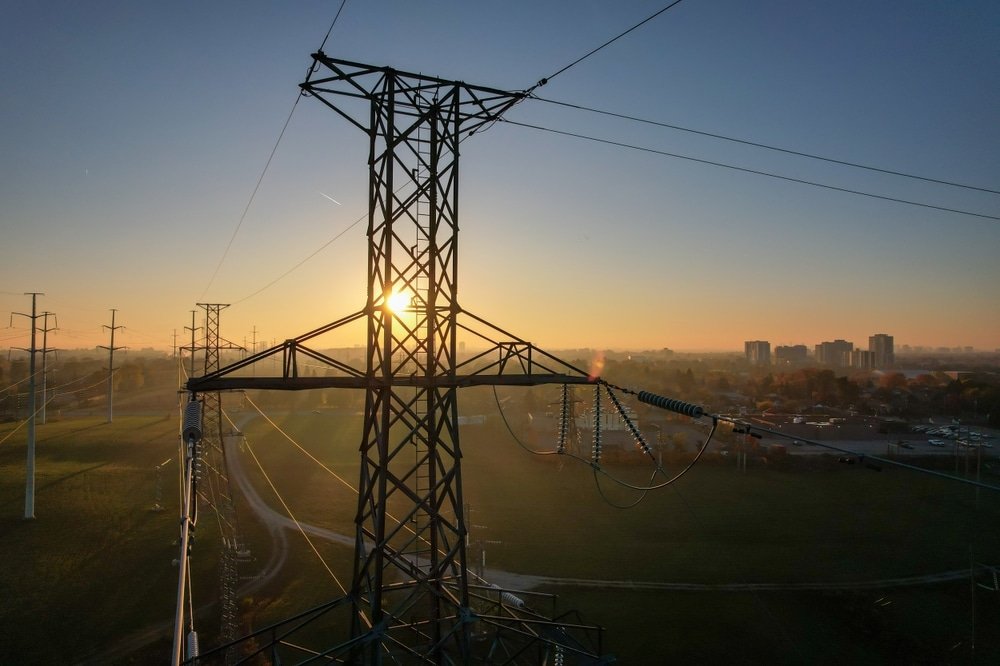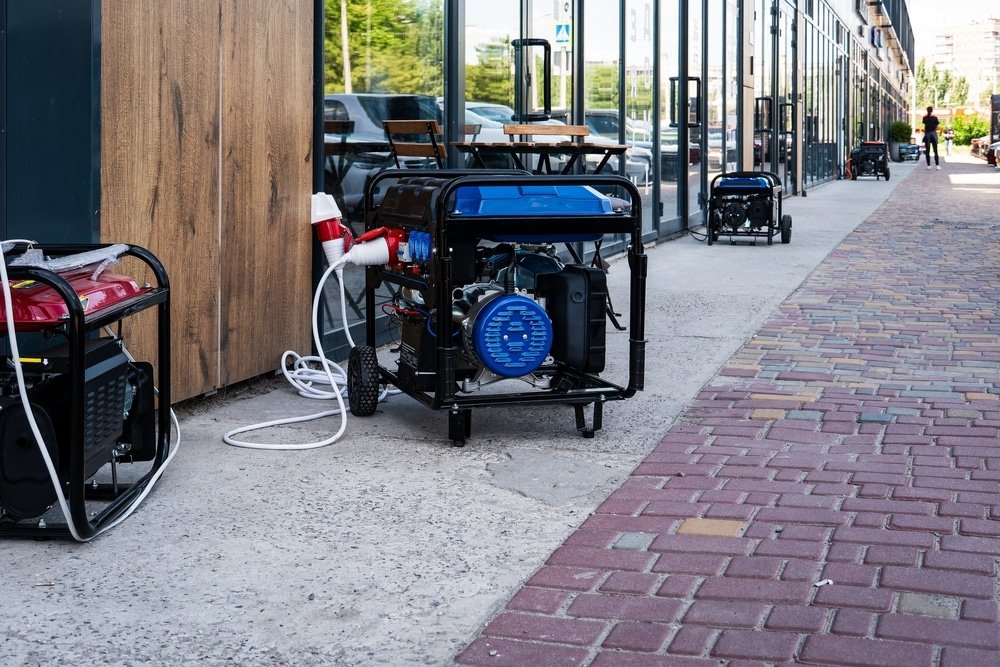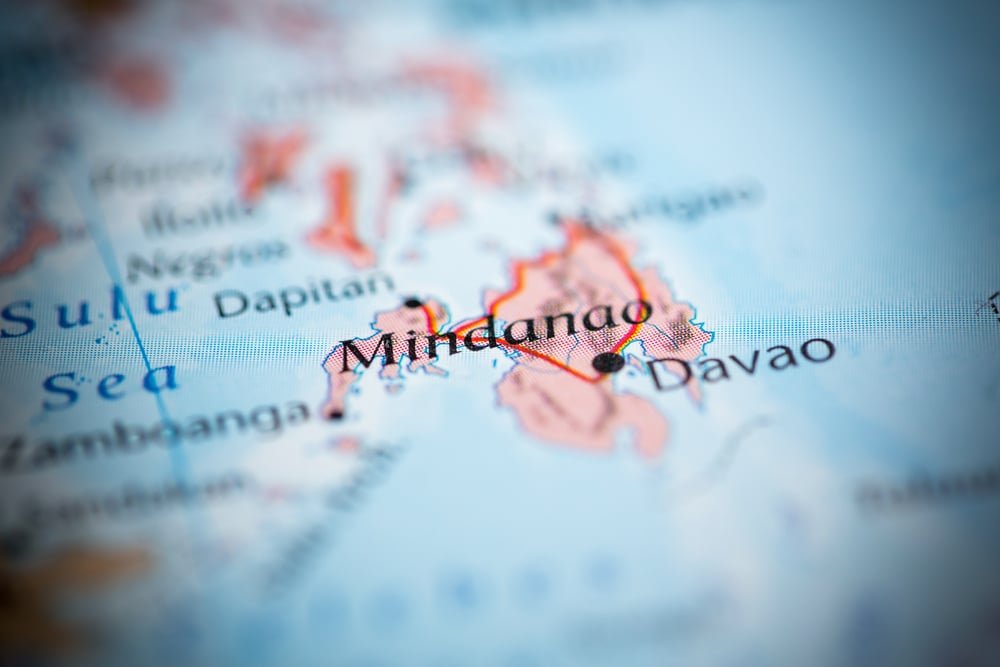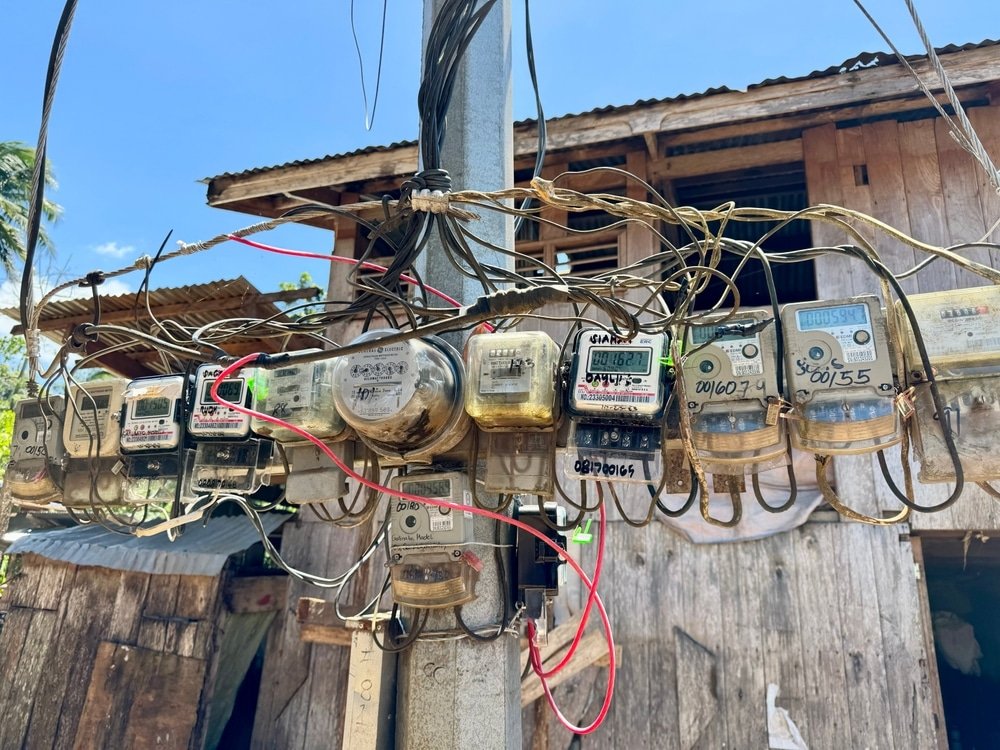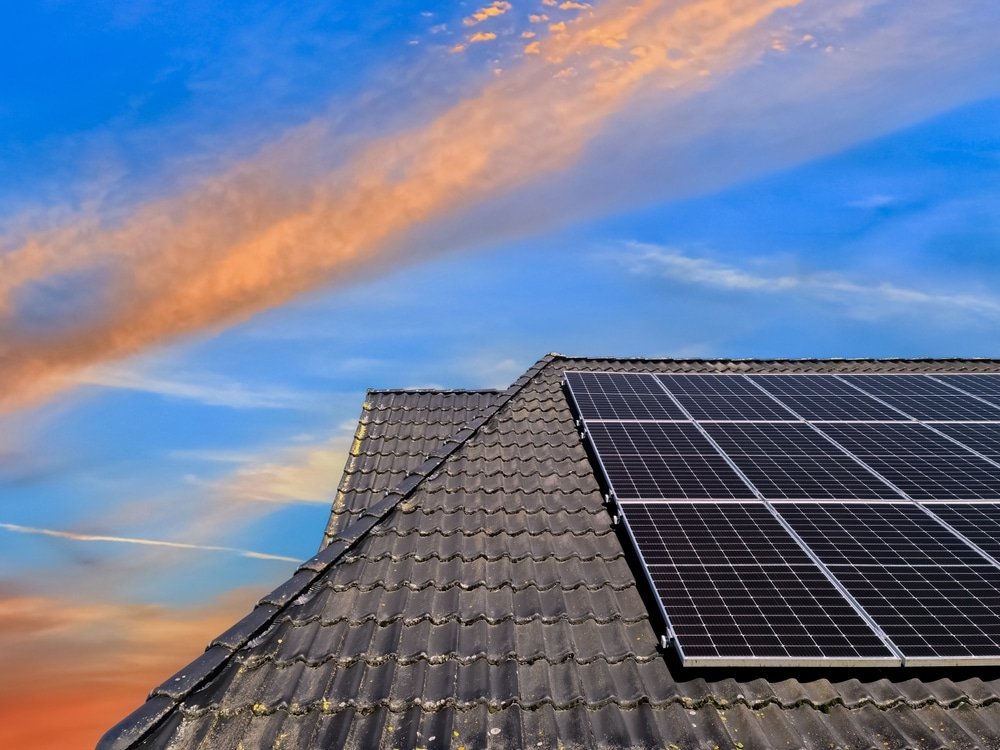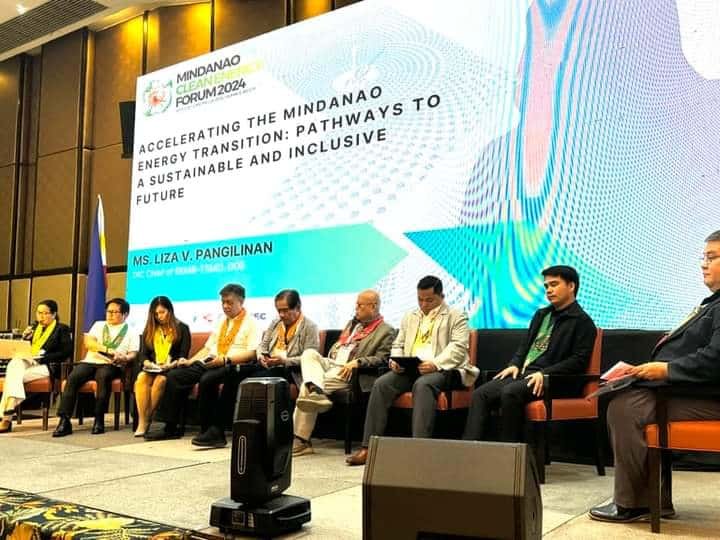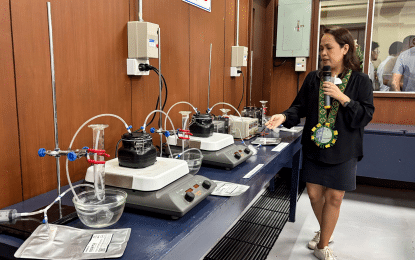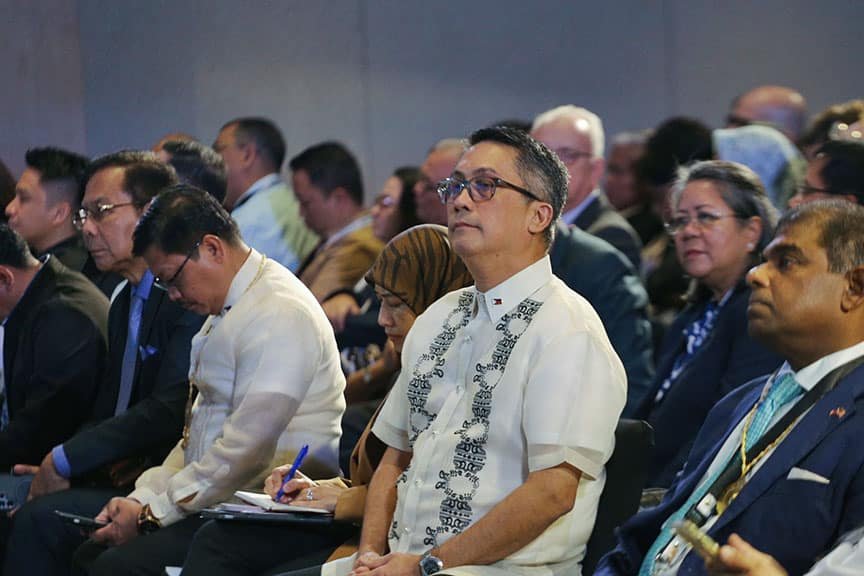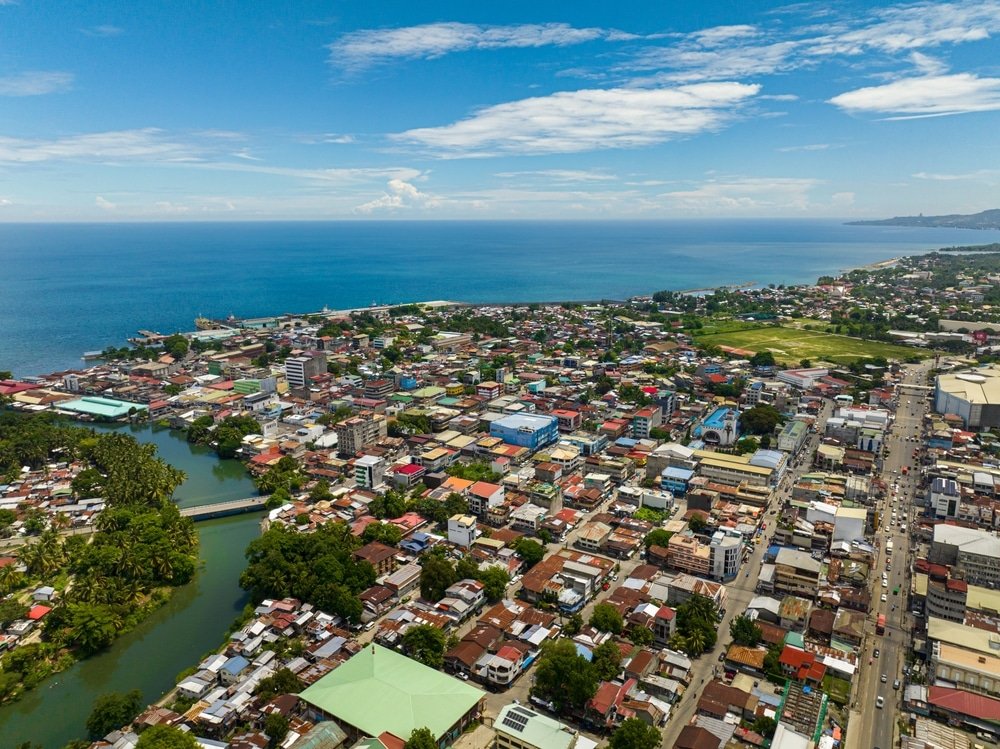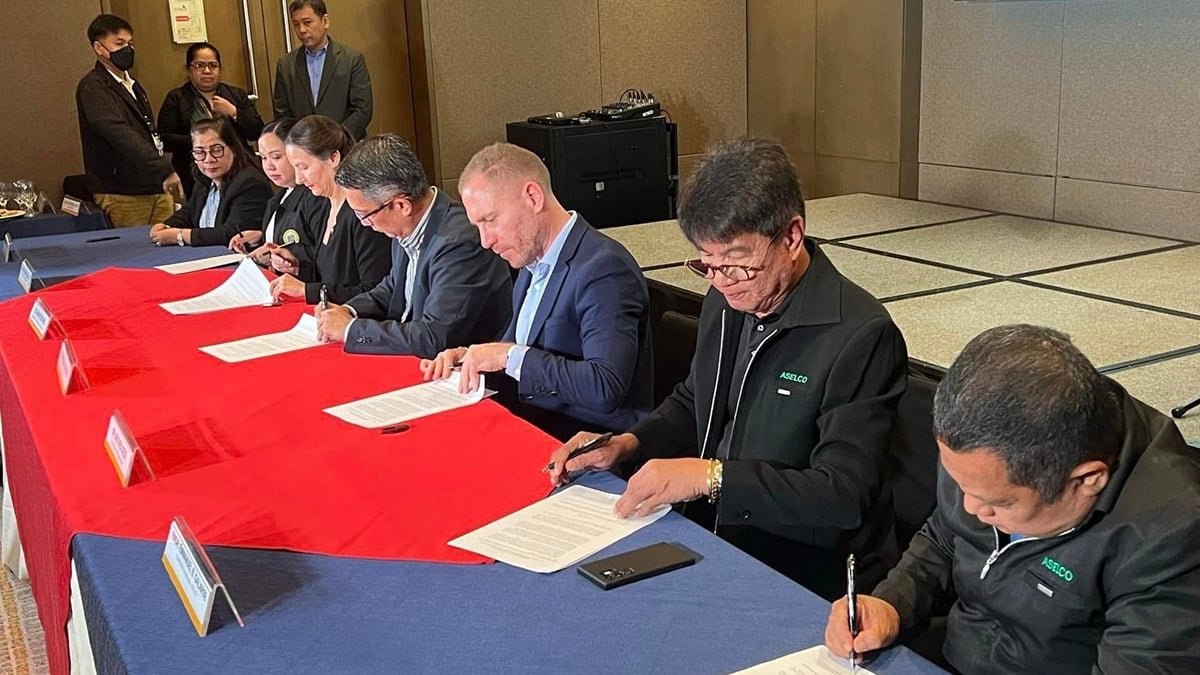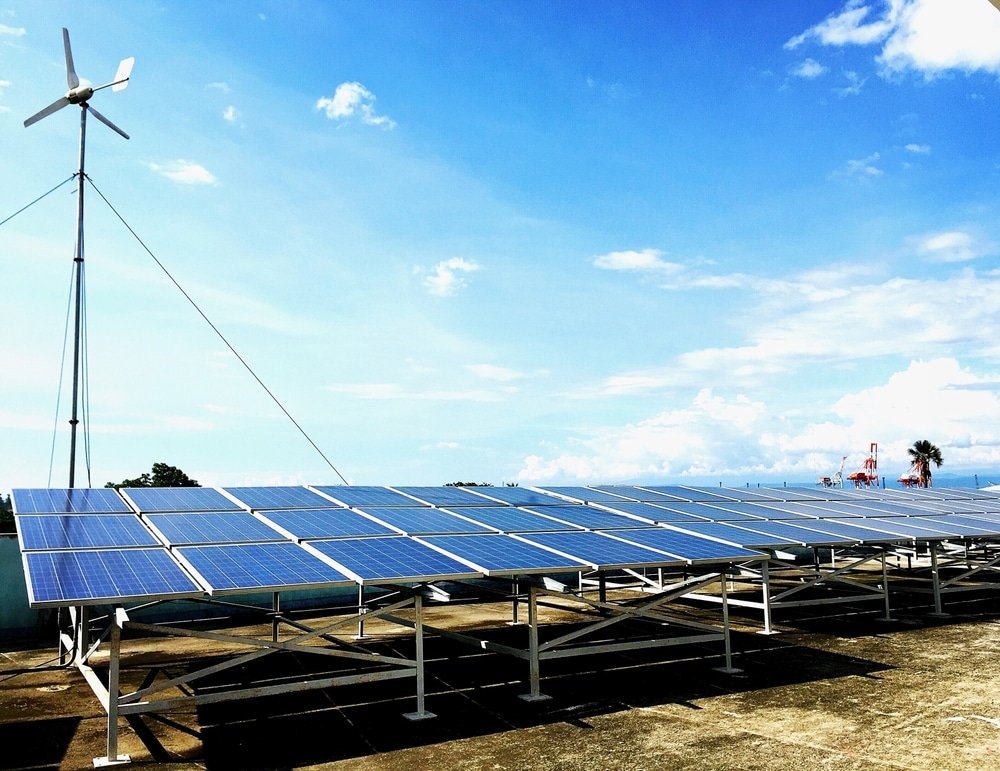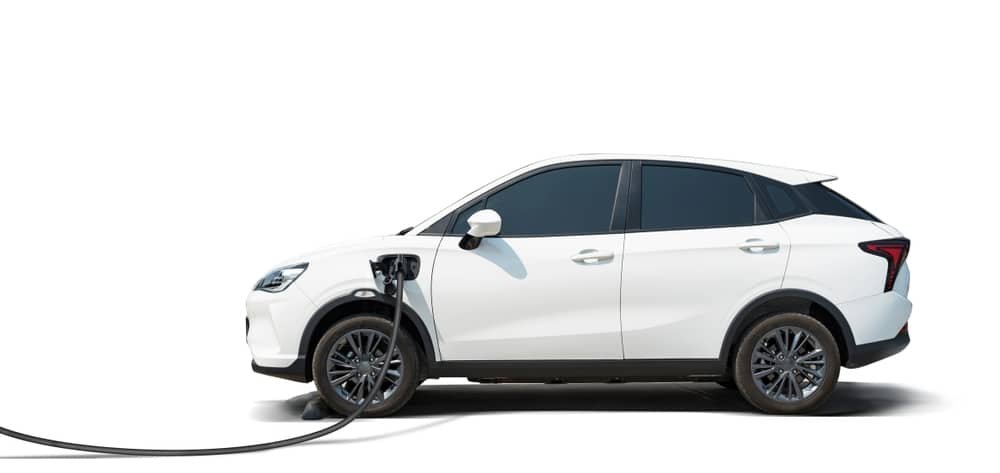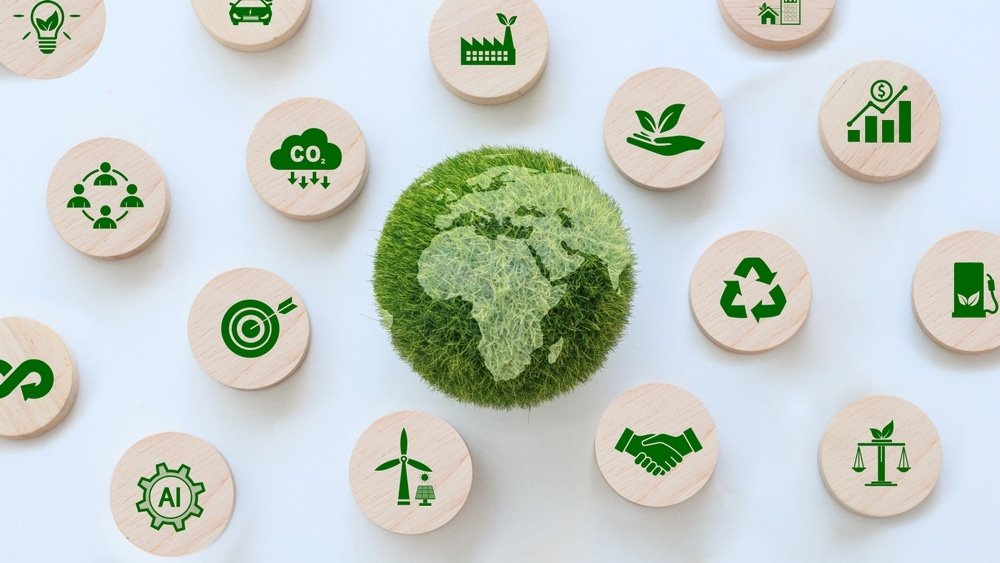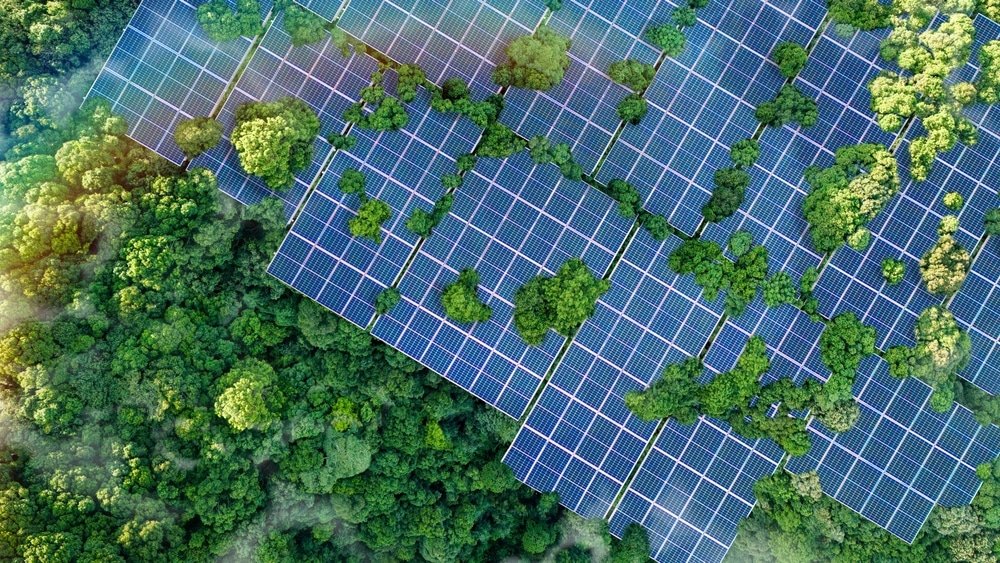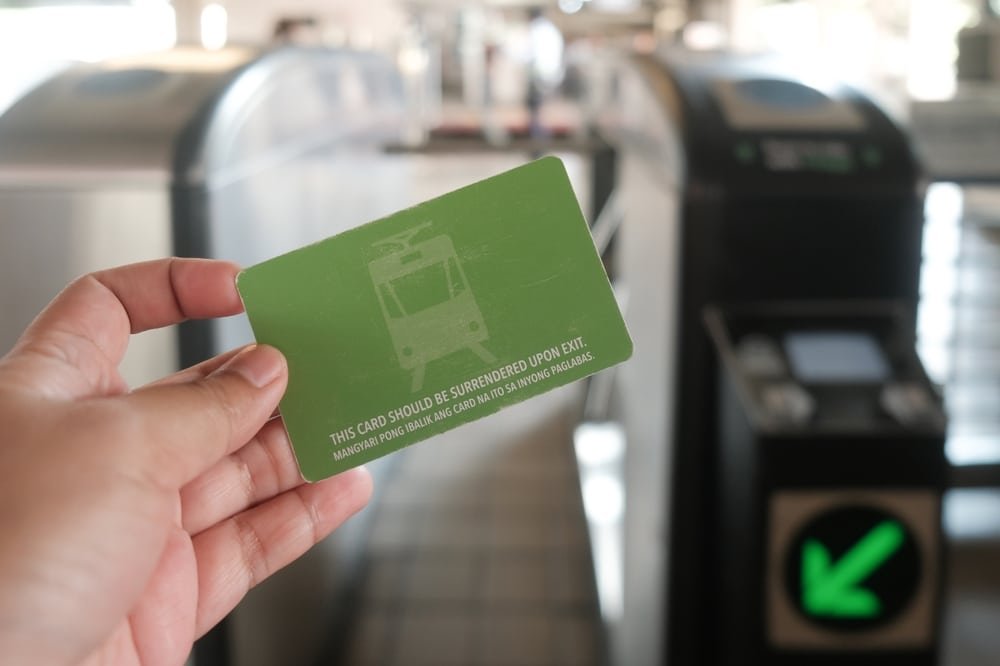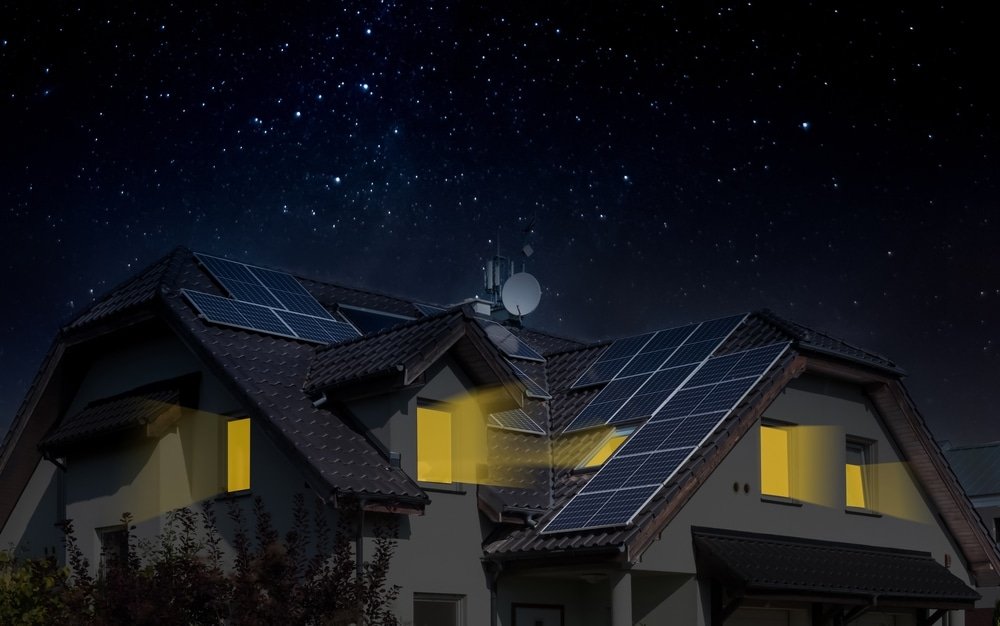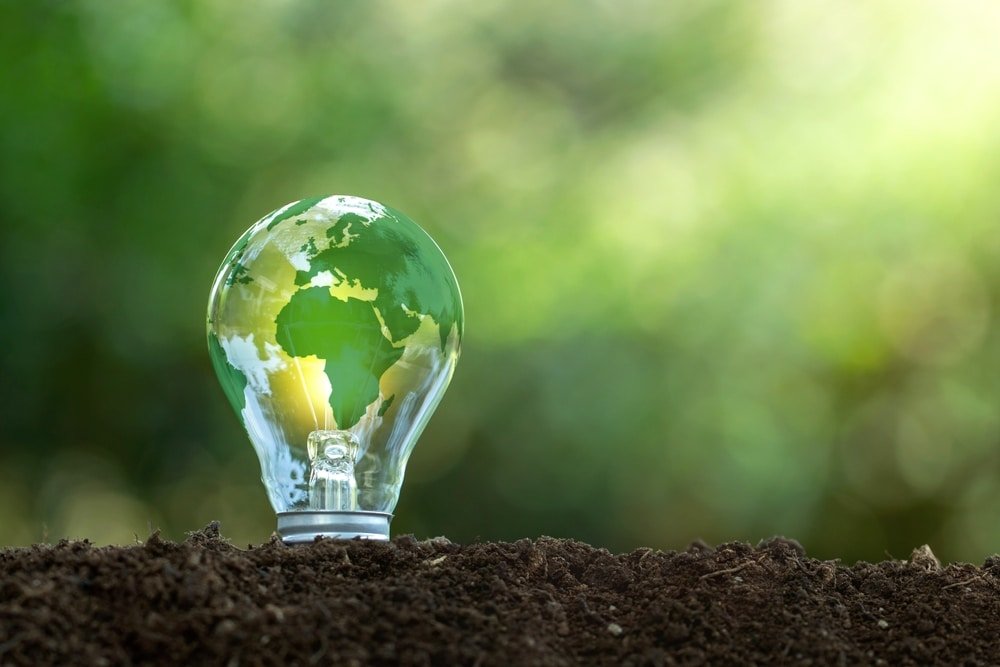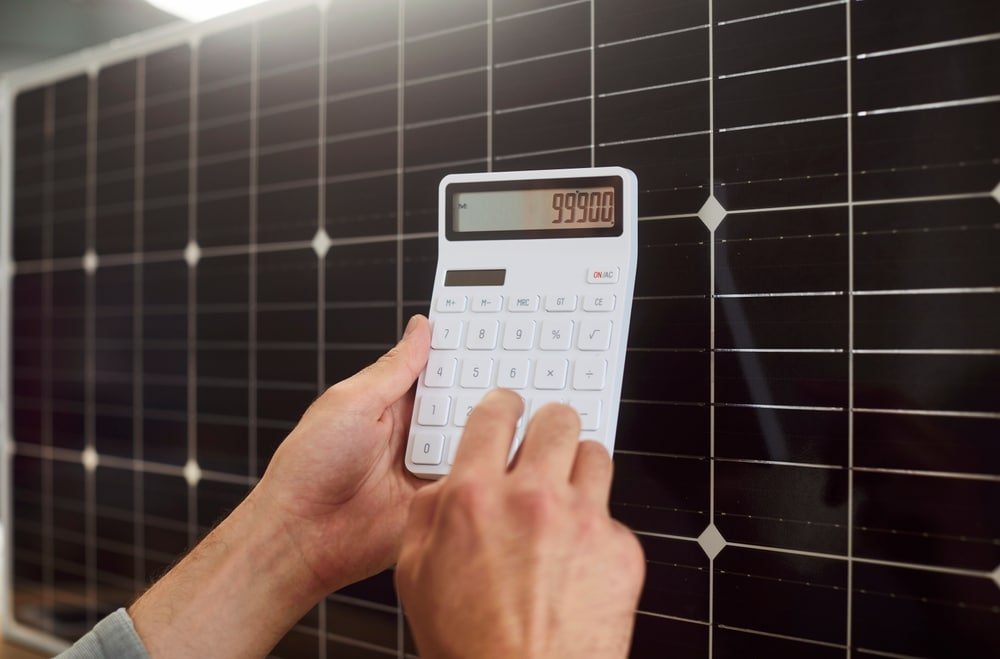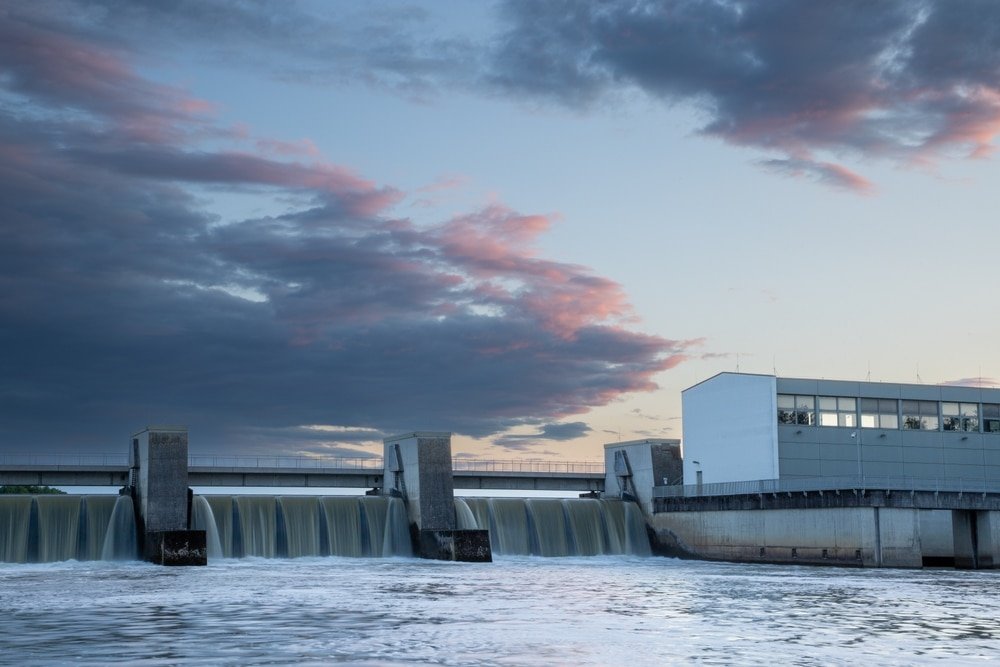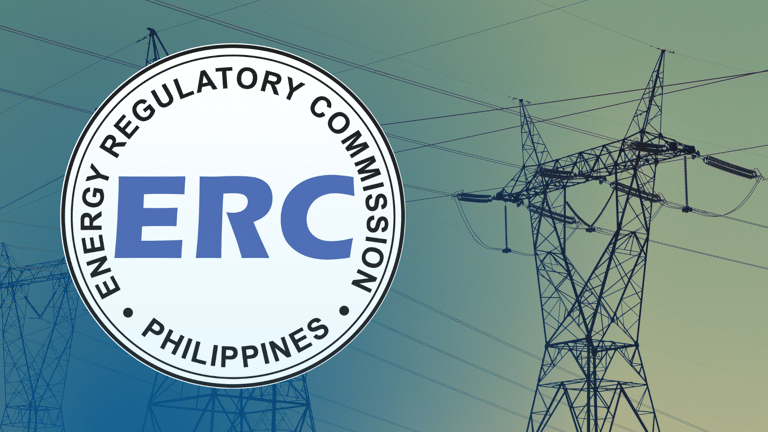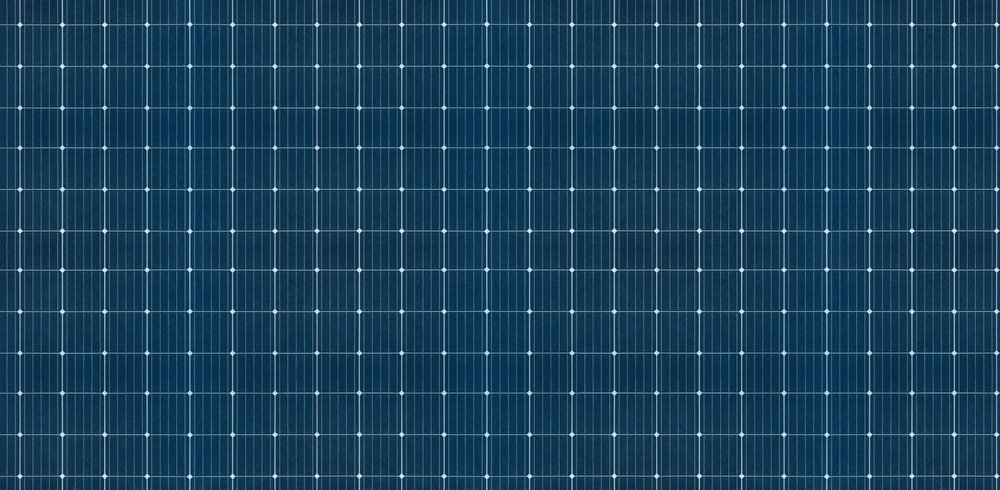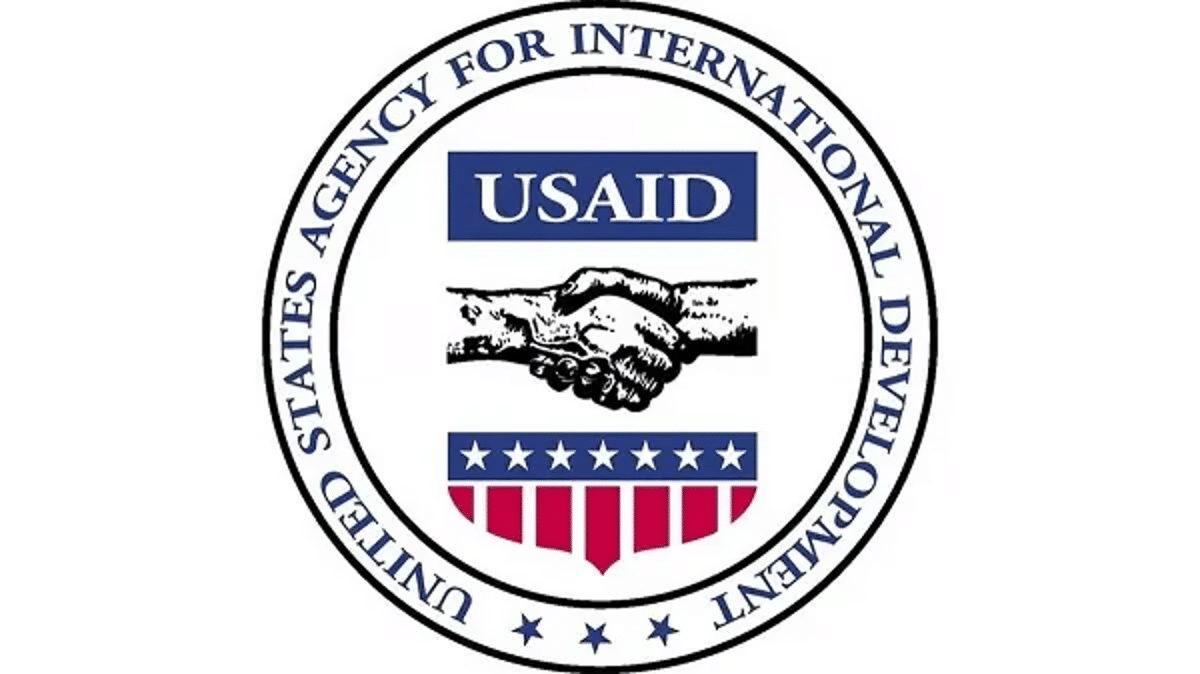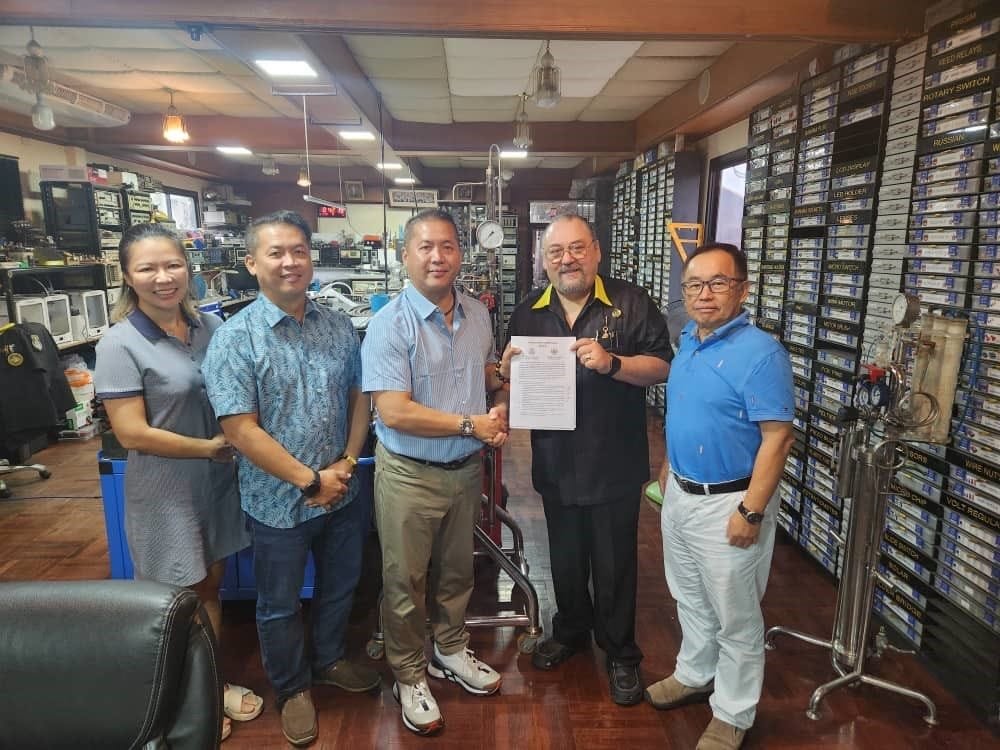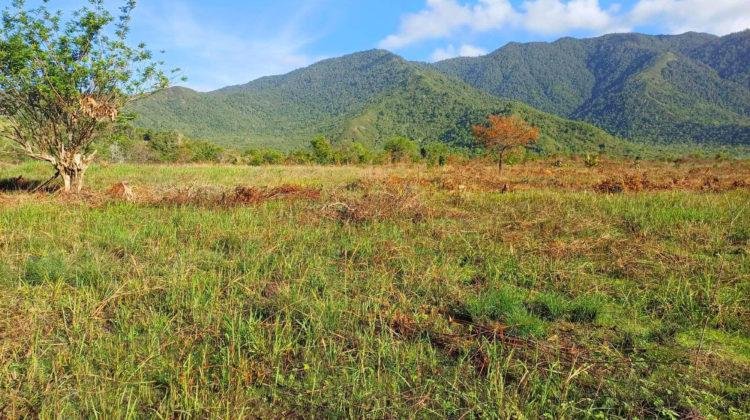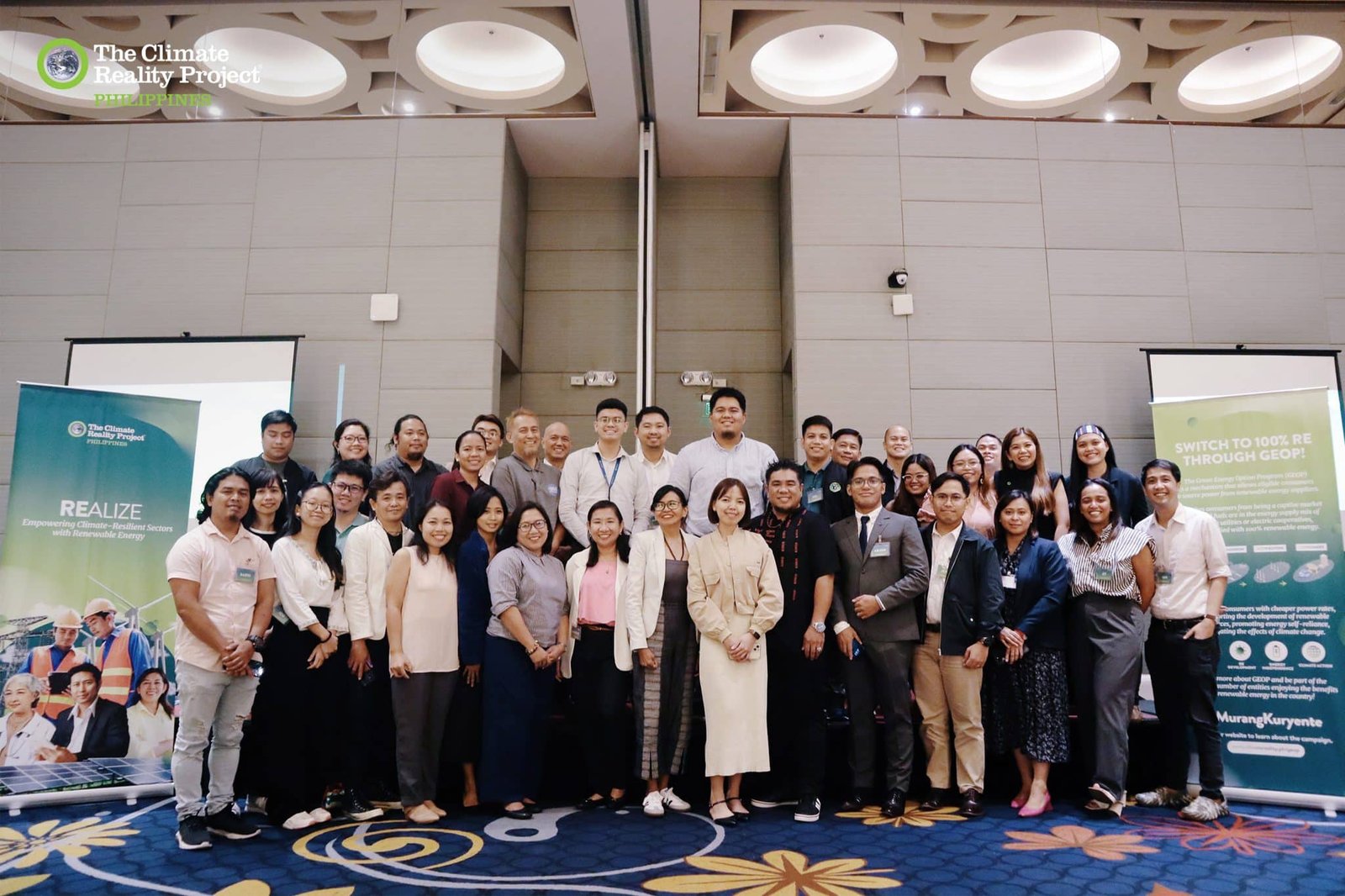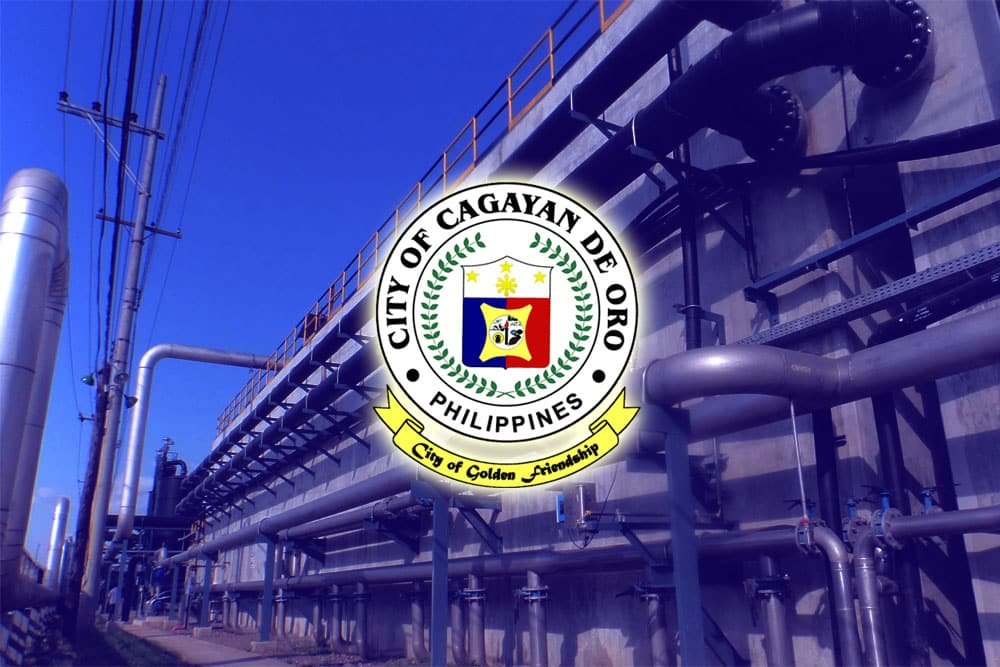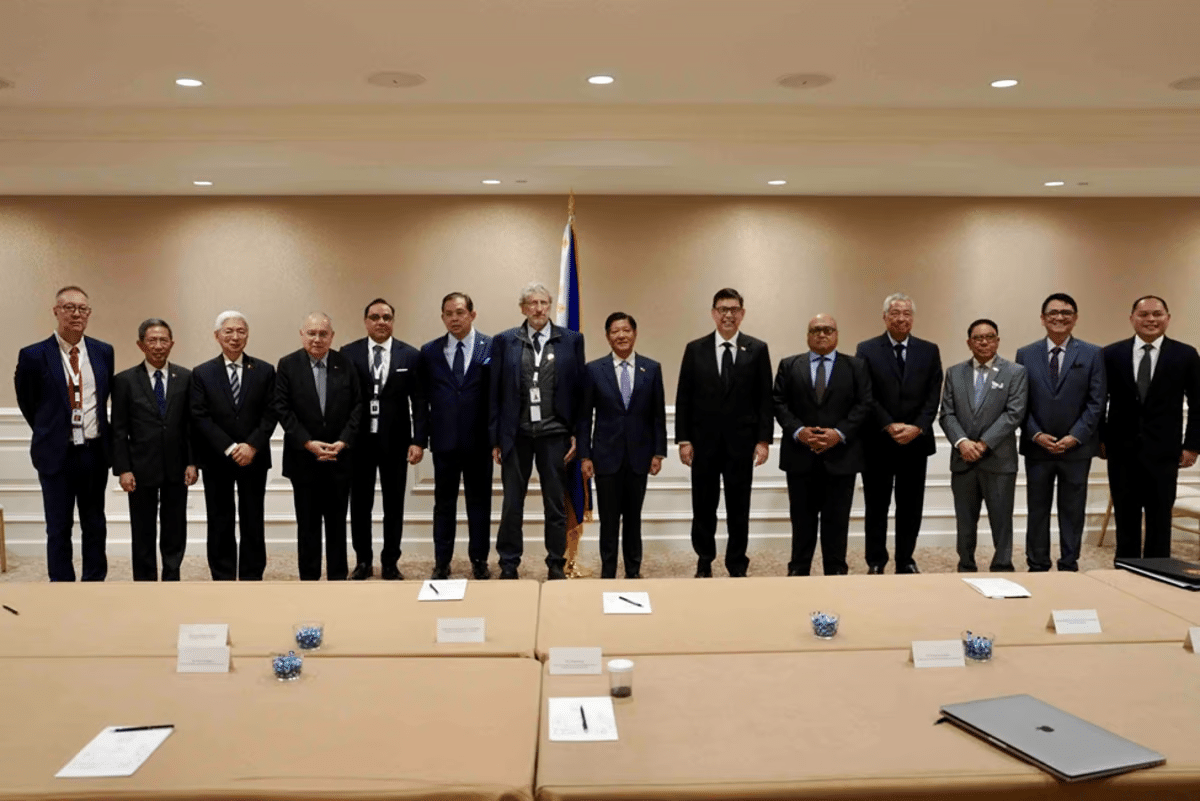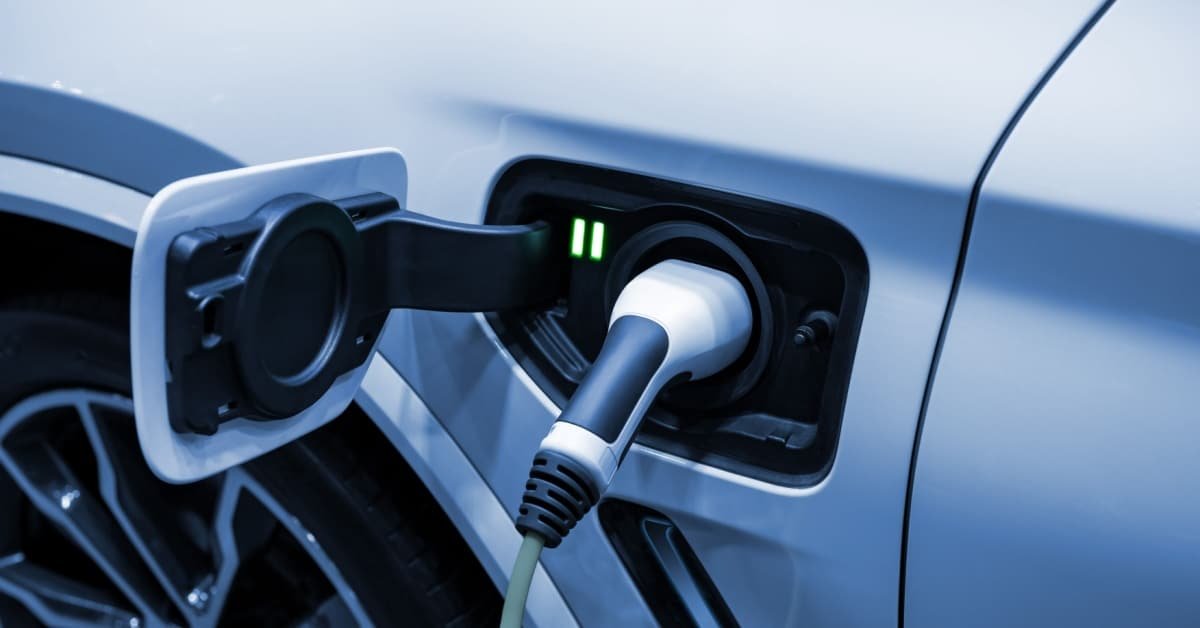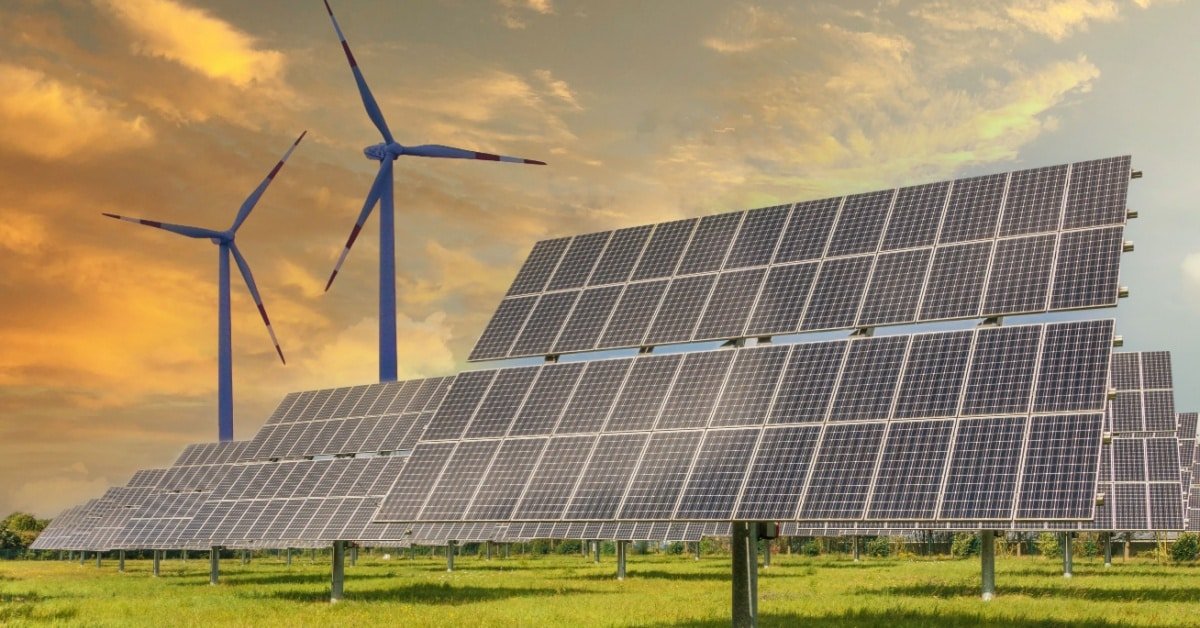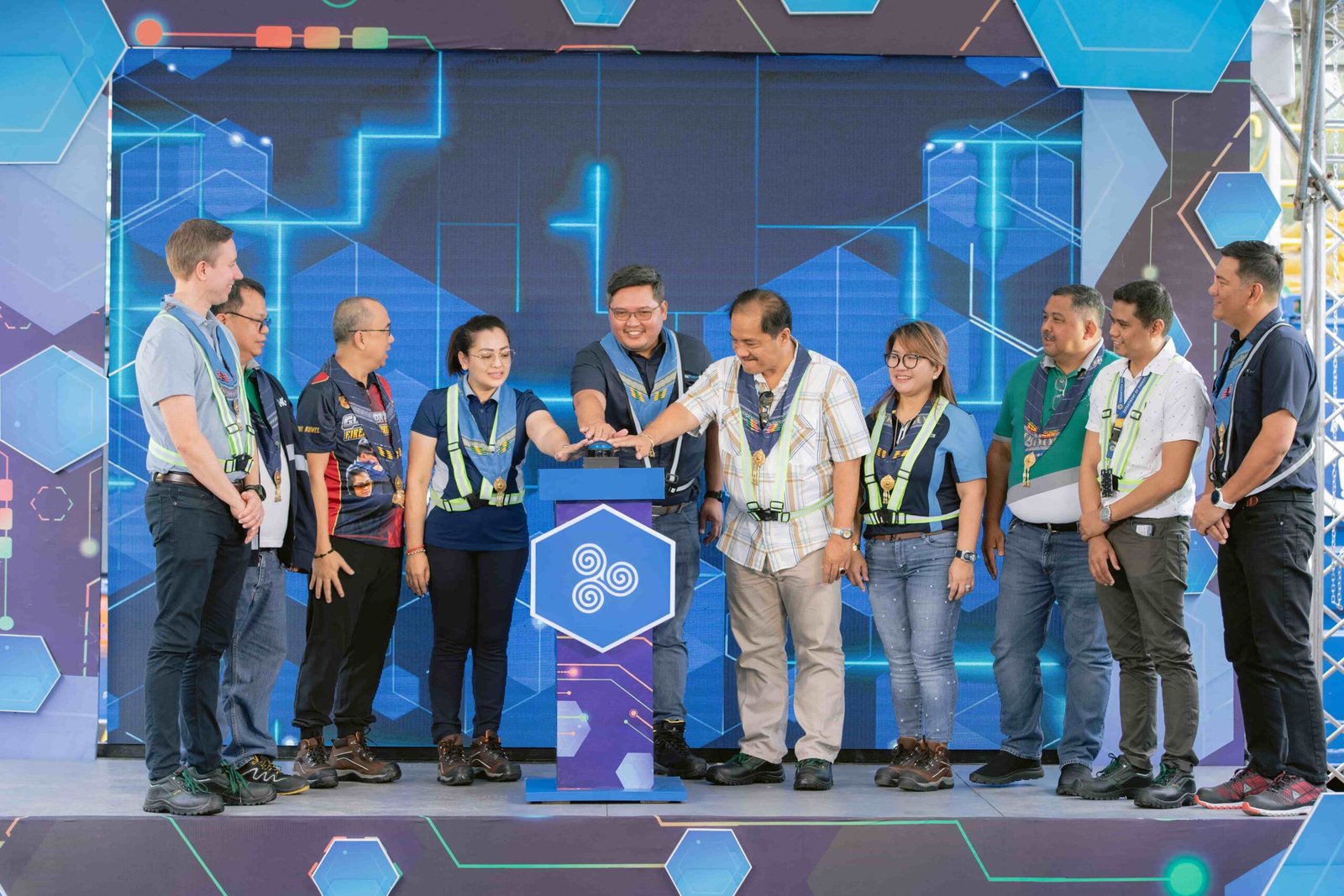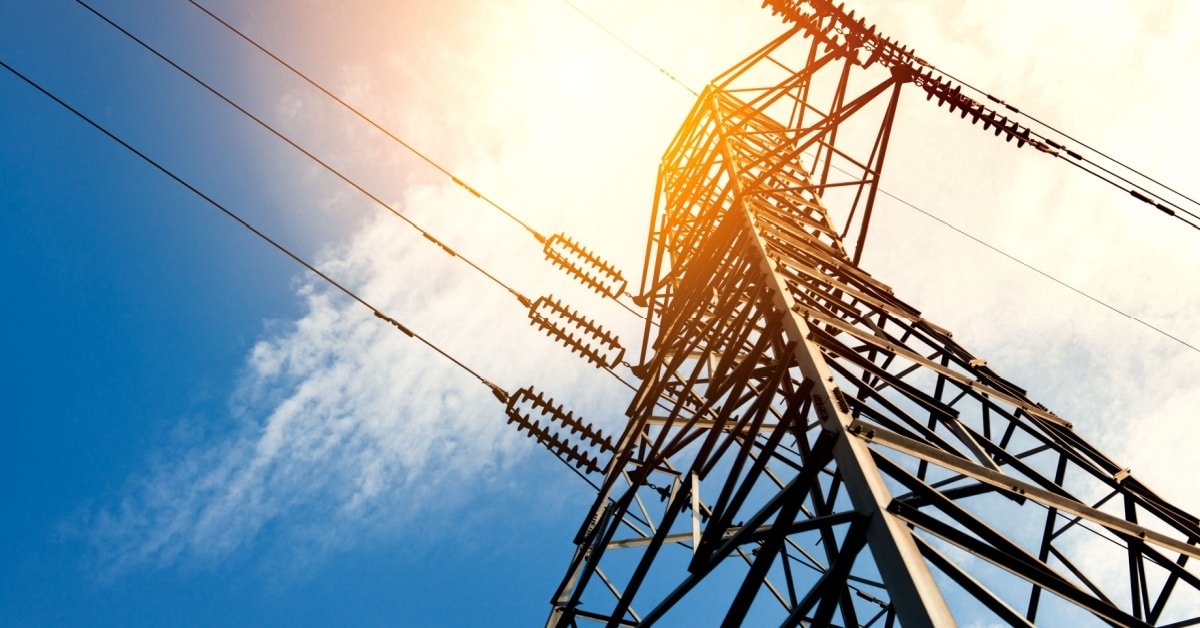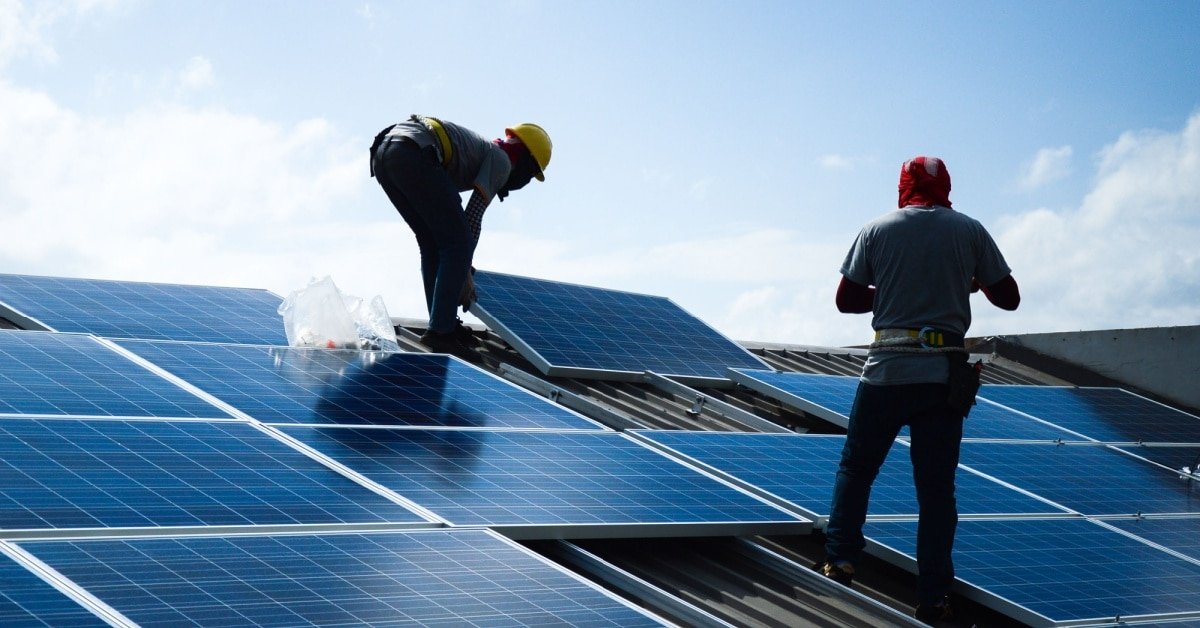
As the global energy landscape shifts toward renewable sources, the Philippines’ geothermal revival could play a key role in shaping the future of the nation’s energy sector. In this article, we’ll explore why the Philippines is an ideal location for this renewable resource, identify the major players in the industry, and discuss the hurdles that could slow its growth.
Harnessing the earth’s heat
Geothermal energy is the heat that comes from beneath the Earth’s surface. It is harnessed by tapping into reservoirs of hot water or steam found deep within the Earth. Geothermal power plants use steam to drive turbines connected to electricity generators, producing a reliable and sustainable energy source.
Unlike solar and wind energy, which depend on weather conditions, geothermal energy is available 24/7, making it an attractive option for consistent power generation. It is also considered environmentally friendly because it emits very low levels of greenhouse gases compared to fossil fuels.
The Philippines is situated on the Pacific Ring of Fire, a region known for its tectonic activity. With numerous volcanoes, hot springs, and geothermal fields, the Philippines is rich in geothermal resources.
With an installed geothermal capacity of 1,952 megawatts (MW) in 2023, the Philippines was ranked the world’s third-largest producer of geothermal energy, behind only the United States and Indonesia.
(Also read: Why Energy Storage Systems Are Vital to Renewable Energy)
Key industry players
Several key players in the Philippines’ geothermal energy sector are driving its development. Among them is the Energy Development Corporation (EDC), a subsidiary of First Gen. A proponent of geothermal energy exploration, development, and operation since 1976, EDC owns and operates 13 geothermal power facilities in Bicol, Leyte, North Cotabato, and Southern Negros. EDC’s geothermal energy production capacity of 1,169.85 MW accounts for 80 percent of the nation’s total installed geothermal capacity.
“Over the last many years, our priority really has been in geothermal through EDC,” First Gen President and Chief Operating Officer Francis Giles B. Puno shared with BusinessWorld.
“Part of our priorities this year [2024] was really to accelerate the drilling program. Over the next two to three years, we have a forty-well drilling program, of which roughly we’ve been able to do twenty wells this year,” Puno added.
Philippine Geothermal Production Company, Inc. (PGPC), owned by SM Investments Corporation (SMIC), pioneered the development of geothermal resources in Southeast Asia in 1971. It manages the steam fields in Tiwi, situated in Albay province, and in Mak-Ban, which spans the provinces of Batangas and Laguna. The two fields provide steam to third-party-owned power plants that generated around two-thirds of the geothermal energy produced on the Luzon power grid in 2020.
Last year, PGPC announced it was exploring new geothermal sources in five locations in Luzon to boost the nation’s baseload power capacity by up to 400 MW.
“With these projects slated for completion within the next five to seven years, they will be sources of additional renewable base-load power that will help reduce the risk of power supply shortages in the Luzon power grid,” said PGPC President Napoleon L. Saporsantos, Jr.
While the Philippines may be one of the world’s largest geothermal power generators, geothermal energy is only a small percentage of the country’s power generation mix. In 2023, geothermal power met only 9.20 percent of the nation’s electricity demand.
(Also read: Nearly 3,000 MW of renewable energy projects in the pipeline for Mindanao)
Roadblocks to growth
Despite its immense potential, geothermal energy faces several challenges in the Philippines. One of the biggest hurdles is the financial cost of geothermal exploration and development. The process of drilling wells and building geothermal plants is capital-intensive, and securing investment can be difficult, especially given the long timelines required to develop a geothermal project.
Drilling one hole for geothermal exploration could cost anywhere from $6 million to $8 million, according to Energy Undersecretary Rowena Cristina Guevara, who spoke at the 3rd Ruperto P. Alonzo (RPA) Memorial Lecture at the University of the Philippines-Diliman.
“We need geothermal de-risking, meaning to say the government and the private sector will share in the risks of exploration of geothermal,” Guevara added.
The Philippines’ geothermal resources are often located in remote areas, which presents logistical challenges. Infrastructure development, such as roads and power transmission lines, is necessary to bring energy to population centers. This adds to the overall cost of geothermal development.
Environmental and regulatory hurdles also play a role in slowing the growth of geothermal energy. Complex permitting processes and concerns over the environmental impact of geothermal exploration create additional delays.
In its 2023 Global Geothermal Market and Technology Assessment Report, the International Renewable Energy Agency (IRENA) said that the Philippines, along with Indonesia, Costa Rica, and other countries, “face[s] social opposition and environmental restrictions because
geothermal resource areas overlap national parks, indigenous lands, tourist sites, or areas
of landscape value.”
(Also read: PEZA eyes self-powered industrial parks in Mindanao)
Unlocking geothermal energy
“New technologies are opening new horizons for geothermal energy across the globe, offering the possibility of meeting a significant portion of the world’s rapidly growing demand for electricity securely and cleanly,” said Faith Birol, executive director of the International Energy Agency (IEA).
In its 2024 report, The Future of Geothermal Energy, the IEA shared that the oil and gas sector can significantly contribute to making geothermal energy more competitive and cost-effective.
“Techniques developed by the oil and gas industry–including a strong understanding of the subsurface, drilling and completing wells, predicting fluid flows, and managing large-scale projects–can rapidly drive down costs and help tap geothermal resources deeper in the ground,” the IEA said.
Drawing on oil and gas industry techniques, geothermal developers are experimenting with “reservoir-independent” geothermal approaches that could make geothermal power generation and direct-use heating possible in areas without traditional geothermal resources.
According to the IEA, around 80% of the investment needed for geothermal comes from resources and expertise that can be adapted from current oil and gas operations. The oil and gas industry can benefit from diversifying into geothermal energy, enabling them to find new business opportunities in the clean energy market and reduce commercial risks associated with the expected drop in oil and gas demand.
“Our analysis shows that the growth of geothermal could generate investment worth $1 trillion by 2035,” Birol shared.
To unlock the full potential of geothermal energy, the IEA shared several policy recommendations in its report, including:
- Prioritizing geothermal energy in national energy planning by highlighting its importance, setting clear goals, and creating technology roadmaps; recognizing geothermal’s unique ability to provide reliable, low-emission electricity and heat
- Creating risk-reduction strategies for early-stage projects, including partnerships with regional, national, and international financial institutions
- Introducing policies that guarantee long-term revenue stability and fair payment through long-term contracts and support systems that properly reward geothermal’s contribution to energy reliability and flexibility
- Simplifying the permitting process for geothermal energy by streamlining administrative procedures and considering separate permitting rules for geothermal, distinct from mineral mining
“Geothermal energy could meet 15 percent of global electricity demand growth between now and 2050 if project costs continue to decline,” the International Energy Agency (IEA) shared.
While its growth potential in the Philippines is clear, financial challenges and logistical issues impede geothermal development. By addressing these hurdles, the Philippines can unlock the full potential of its geothermal resources, providing cleaner, more sustainable energy for generations to come.
Sources:
https://ourworldindata.org/grapher/installed-geothermal-capacity?region=Asia#explore-the-data
https://energytracker.asia/geothermal-energy-in-the-philippines/
https://integratedreport.energy.com.ph/about-edc/
https://integratedreport.energy.com.ph/wp-content/uploads/2025/01/EDCIR23.pdf
https://www.youtube.com/watch?v=rLcaVdj0Q6Q
https://mb.com.ph/2024/7/12/pgpc-well-drilling-to-boost-baseload-power-supply-by-400-mw
https://asiacleanenergyforum.adb.org/wp-content/uploads/2024/06/Rainier-M.-Halcon.pdf
https://youtu.be/83RSoaQb2ng?si=z995r7Hmh7Iuo2_2&t=4884
https://www.iea.org/reports/the-future-of-geothermal-energy/policy-recommendations#abstract
https://www.iea.org/reports/the-future-of-geothermal-energy/executive-summary

